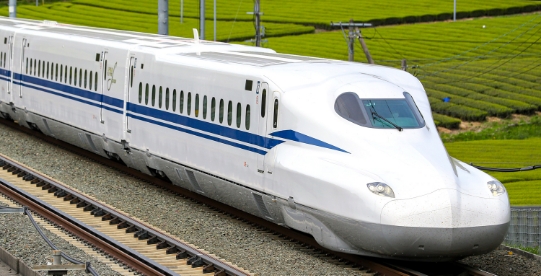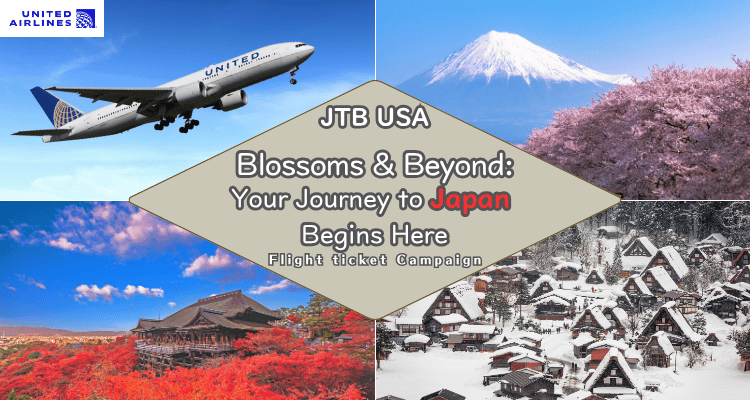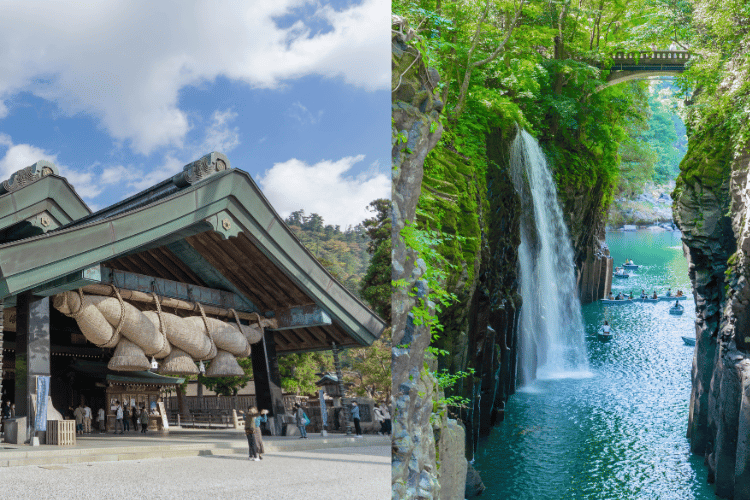Gassho-Zukuri: Architecture with Soul
The villages are famous for their gassho-zukuri farmhouses, with steep thatched roofs resembling hands pressed together in prayer. These homes are built to endure heavy snowfall and house multi-generational families, silkworm farms, and communal spaces.
But what makes these homes truly special is that they’re still lived in. Unlike many heritage sites that are frozen in time, Shirakawago and Gokayama are vibrant with life—children walk to school, elders tend to rice fields, and neighbors gather for seasonal rituals.
Yui: A Community Built on Cooperation
One of the most beautiful aspects of life here is the spirit of “Yui” (結)—a traditional system of mutual aid. When a roof needs re-thatching, the entire village comes together to help. During rice planting or harvest, neighbors lend a hand without expecting payment. It’s a way of life rooted in trust, reciprocity, and shared responsibility.
This communal spirit is not just nostalgic—it’s essential. Maintaining gassho-zukuri homes requires specialized skills and teamwork. Without Yui, these villages could not survive.
Living with Nature, Not Against It
Life in Shirakawago and Gokayama follows the rhythm of the seasons. From snow-covered rooftops in winter to lush green paddies in summer, nature is not a backdrop—it’s a partner. The villagers have learned to live with nature, not against it, and this harmony is reflected in everything from architecture to agriculture.
A Visitor’s Experience
Visitors can explore the interiors of preserved farmhouses, enjoy local cuisine like hoba miso or mountain vegetables, and even stay overnight in a traditional guesthouse. But beyond the sights and tastes, what lingers most is the feeling—a sense of peace, connection, and timelessness.
Why Visit Shirakawago & Gokayama?
- UNESCO World Heritage Sites with living communities
- Unique architecture found nowhere else in the world
- Cultural immersion through local traditions and hospitality
- Seasonal beauty that transforms the landscape year-round
- A glimpse into Japan’s communal spirit through Yui
Takeaway
What Makes Shirakawago & Gokayama Truly Special
- Living Heritage: These villages aren’t just historical sites—they’re home to real families who continue centuries-old traditions.
- Community Spirit (Yui): Roof repairs, rice planting, and seasonal events are done together, reflecting deep communal bonds.
- Timeless Architecture: Gassho-zukuri homes are both beautiful and functional, built to endure and adapt to nature.
- Harmony with Nature: Life here flows with the seasons, offering a peaceful contrast to urban life.
- Immersive Experience: Visitors can walk among lived-in homes, meet locals, and feel the rhythm of rural Japan.
More details? link here.
FAQ
Are people still living in these villages?
Yes! Many gassho-zukuri houses are still inhabited by families who maintain traditional lifestyles and participate in community events.
What is “Yui” and how does it work?
“Yui” is a traditional system of mutual help. Villagers assist each other with tasks like re-thatching roofs or planting rice, preserving both the architecture and the spirit of cooperation.
Can tourists stay overnight in a gassho-zukuri house?
Absolutely. Several homes operate as minshuku (traditional guesthouses), offering a chance to experience local hospitality and meals.
When is the best time to visit?
Each season offers a unique charm—winter for snow-covered rooftops, spring for fresh greenery, summer for vibrant rice fields, and autumn for colorful foliage.
How do I get there from Tokyo or Kyoto?
From Tokyo, take the Shinkansen to Toyama or Kanazawa, then transfer to a bus. From Kyoto, travel via Nagoya and take a highway bus to Shirakawago.








%20(1)%20(1).jpg)


.png)

.jpg)









